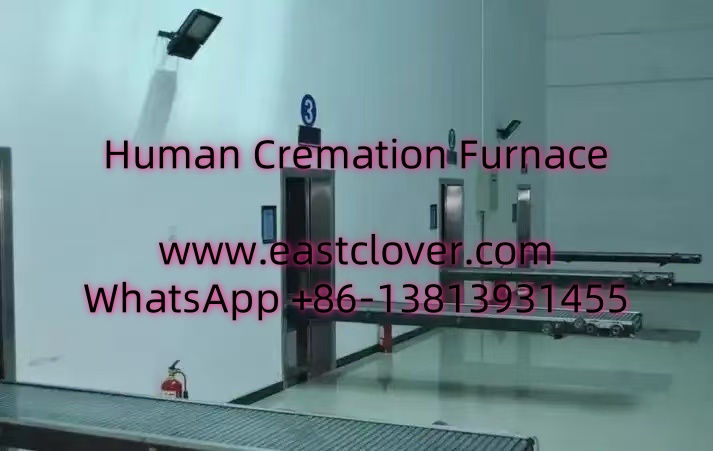The Role of Cremation Furnaces in Suburban Mortuaries
In suburban mortuaries, cremation furnaces are essential for providing respectful and efficient end-of-life services. As cremation rates continue to rise globally, these facilities must balance operational demands with community expectations. Suburban settings often face unique challenges, such as limited space, stricter environmental regulations, and the need to maintain a low environmental footprint. Selecting the right cremation furnace ensures compliance, cost-effectiveness, and alignment with the community’s values.
Key Factors in Choosing a Cremation Furnace
1. Efficiency and Performance
Efficiency impacts both operational costs and service quality. Key considerations include:
- Fuel Type: Natural gas, propane, and electric furnaces vary in energy costs and combustion efficiency. Gas models are common for their rapid heat-up times, while electric units may suit areas with renewable energy access.
- Throughput Capacity: Suburban mortuaries typically handle fewer cases than urban counterparts. A furnace with a 150–300 lb capacity can manage 3–5 cremations daily, depending on cycle time (90–120 minutes per cremation).
- Automation: Modern furnaces with automated controls reduce labor and ensure consistent temperatures (1,400–1,800°F), improving energy use and reducing errors.
2. Regulatory Compliance
Compliance with environmental and safety standards is non-negotiable. Requirements include:
- Emissions Control: Furnaces must meet EPA or EU standards for particulate matter, mercury, and dioxins. Secondary combustion chambers and scrubbers help reduce pollutants.
- Certifications: Look for ISO 9001 or NFPA certifications, which validate safety and quality.
- Noise and Odor Management: Suburban areas often have noise ordinances. Opt for insulated furnaces with advanced afterburners to minimize disturbances.
3. Environmental Sustainability
Eco-conscious communities prioritize green practices. Features like:
- Filtration Systems: HEPA filters and catalytic converters reduce harmful emissions.
- Energy Recovery: Heat-recapture systems can repurpose excess energy for facility heating.
- Alternative Methods: Alkaline hydrolysis (water cremation) offers a lower-emission option, though regulatory acceptance varies.
4. Cost and Long-Term Value
Upfront costs range from $80,000 to $250,000, depending on size and features. Evaluate:
- Maintenance Needs: Regular inspections and part replacements (e.g., refractory bricks) affect long-term costs.
- Warranty and Support: Choose manufacturers offering 5–10-year warranties and 24/7 technical assistance.
Types of Cremation Furnaces
Traditional Flame-Based Furnaces
These use gas or propane for combustion. Dual-chamber designs improve efficiency by reburning gases, reducing emissions by up to 90%.
Electric Cremators
Ideal for areas with strict emissions laws, electric models produce fewer particulates but may have higher energy costs.
Alkaline Hydrolysis Systems
This water-based process uses heat, pressure, and alkaline chemicals to break down remains. It uses 85% less energy than flame cremation but requires significant water and may face regulatory hurdles.
Steps to Select the Right Furnace
- Assess Demand: Estimate daily cremation volume and peak periods.
- Budget Planning: Factor in installation, fuel, maintenance, and potential tax incentives for green upgrades.
- Space Audit: Ensure the facility can accommodate the furnace’s footprint and ventilation needs.
- Vendor Research: Compare brands like Matthews Environmental or Thermo Scientific for reliability and support.
- Consult Experts: Work with funeral industry consultants to navigate local regulations.
www.southclover.com
Choosing a cremation furnace for a suburban mortuary requires careful evaluation of efficiency, compliance, and community needs. By prioritizing advanced emissions controls, energy efficiency, and scalable solutions, mortuaries can uphold service quality while meeting environmental and regulatory standards. Investing in the right technology not only ensures operational success but also reinforces trust within the community.
FAQs
What is the average cost of a cremation furnace?
Prices range from $80,000 for basic models to over $250,000 for high-capacity, eco-friendly units. Additional costs include installation, permits, and maintenance.
How do cremation furnaces impact the environment?
Modern furnaces with emission controls significantly reduce pollutants. Alkaline hydrolysis offers an even greener alternative, though availability depends on local regulations.
What regulations apply to suburban cremation facilities?
Facilities must adhere to EPA air quality standards, state-specific emissions limits, and zoning laws. Regular inspections ensure ongoing compliance.
How often should a cremation furnace be maintained?
Monthly inspections and annual professional servicing are recommended. Refractory linings typically need replacement every 1,500–2,000 cremations.
Are there alternatives to traditional flame cremation?
Yes, alkaline hydrolysis and bio-cremation (using water and alkali) are emerging options. However, check local legality and community acceptance before investing.

Comments are closed